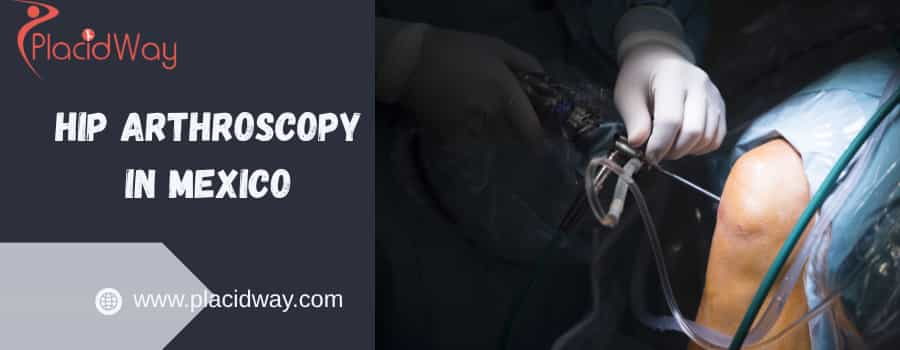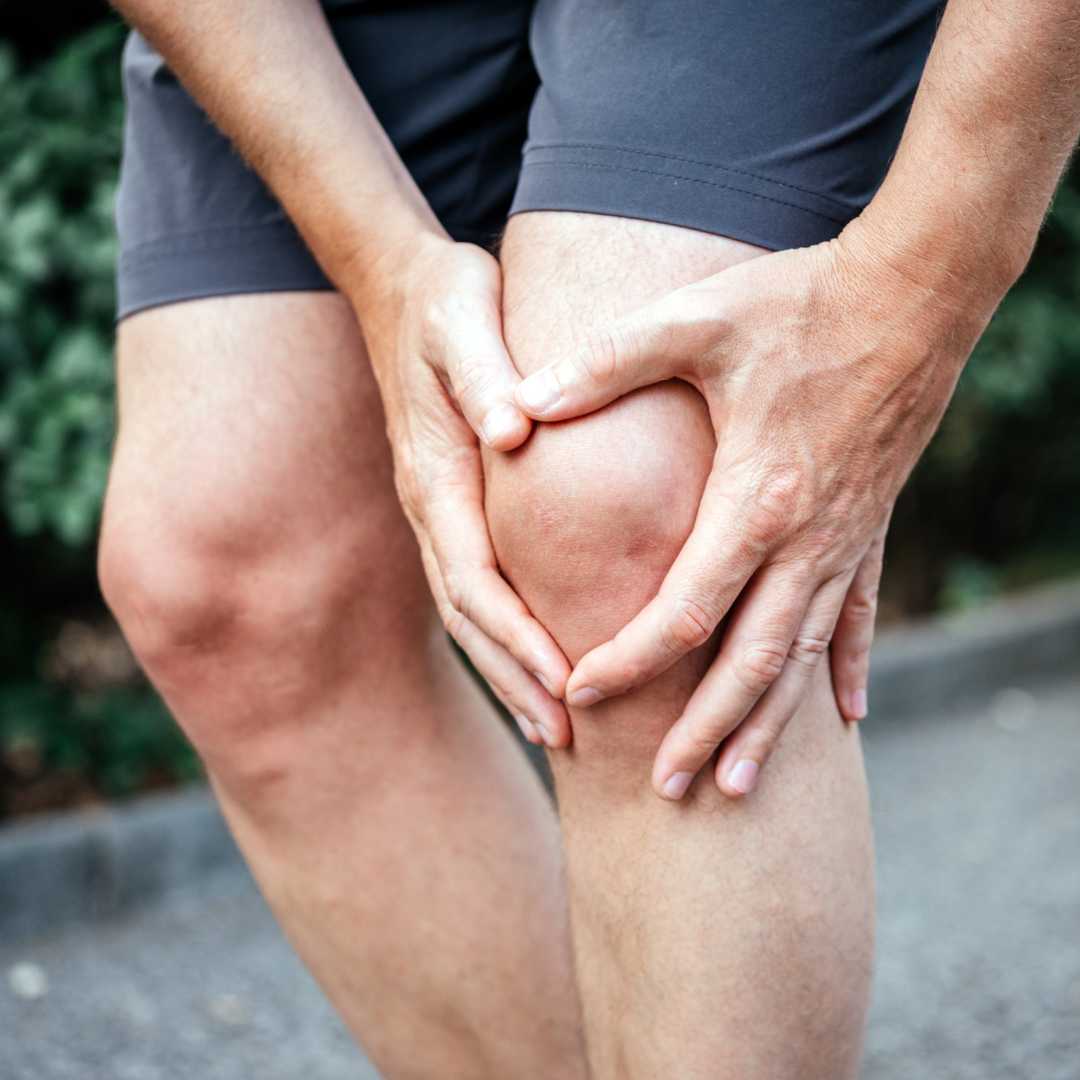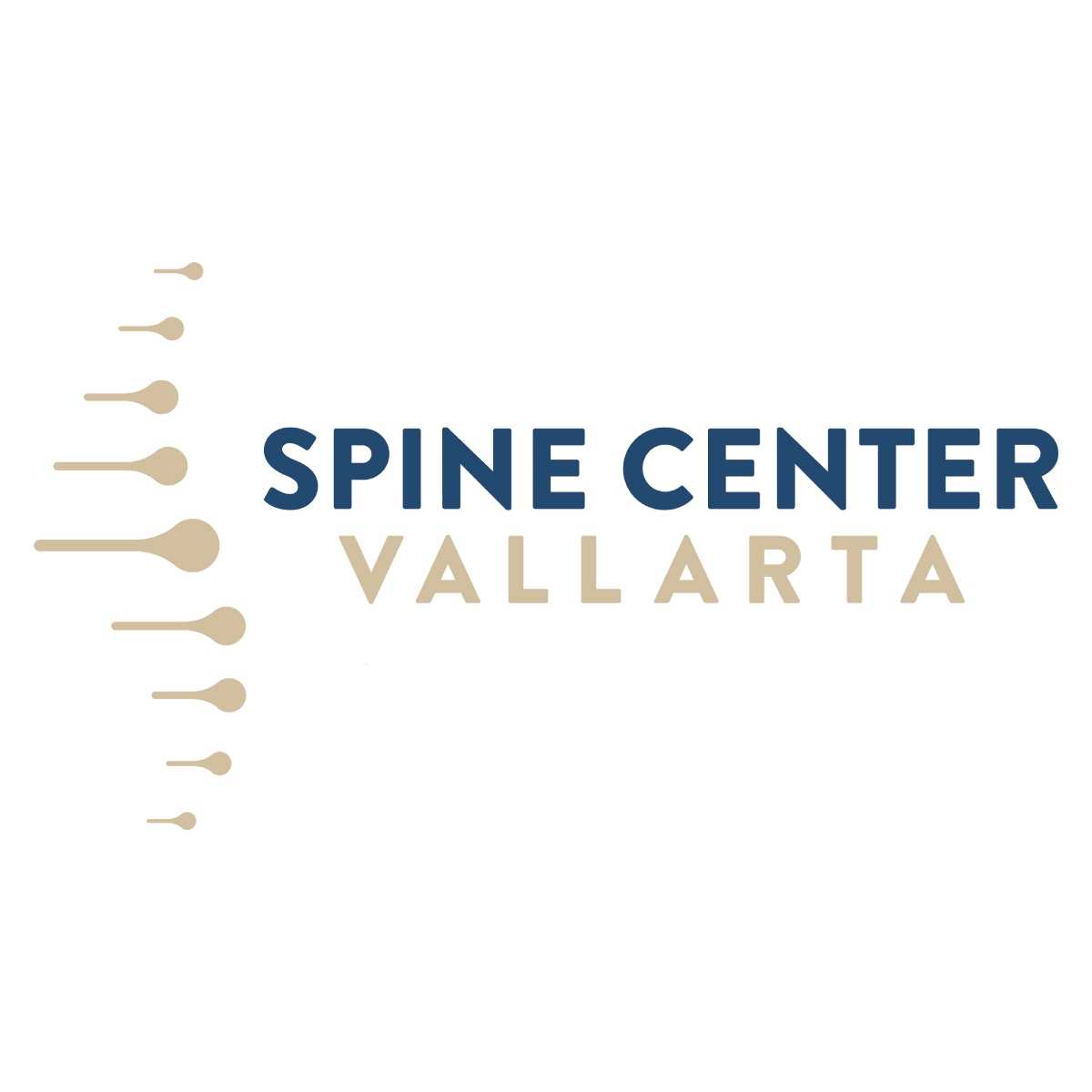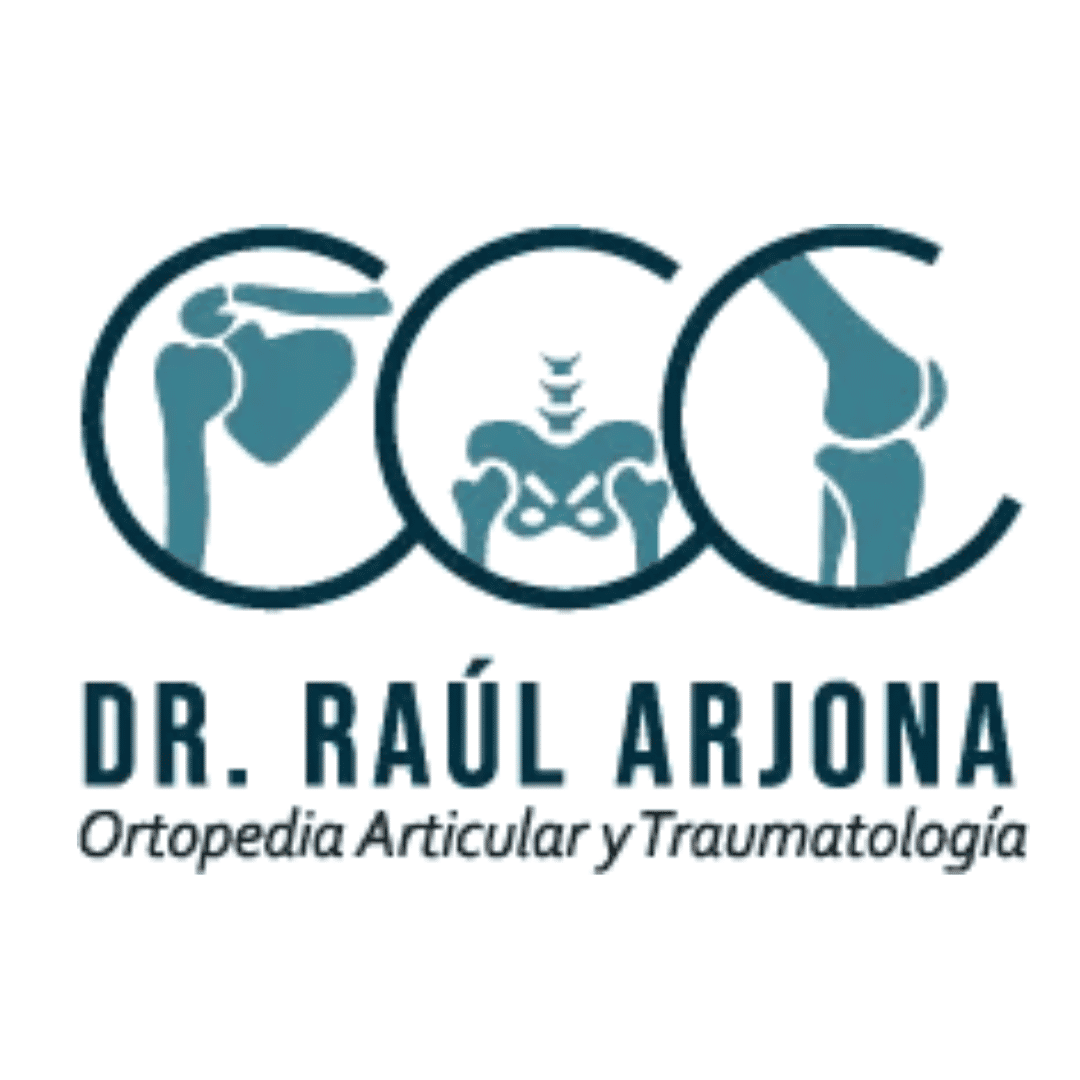Affordable Hip Arthroscopy: What to Expect in Mexico

Chronic hip pain, stiffness, and limited movement can significantly impact your daily life, making simple activities like walking, sitting, or exercising a challenge. When conservative treatments fail to provide relief, hip arthroscopy offers a minimally invasive solution to diagnose and treat problems within the hip joint. This advanced procedure involves making small incisions and using a tiny camera (arthroscope) and specialized instruments to visualize and repair issues like labral tears, femoroacetabular impingement (FAI), or cartilage damage.
For many individuals experiencing persistent hip discomfort, particularly those from the United States and Canada, getting a hip arthroscopy in Mexico offers a highly attractive and significantly more affordable alternative to domestic healthcare options.
How much does hip arthroscopy cost in Mexico?
"The cost of hip arthroscopy in Mexico typically ranges from $4,000 to $10,000 USD. This price usually includes the surgeon's fee, anesthesia, and the use of the operating room and hospital facilities, offering substantial savings compared to procedures in the US."
As of June 2025, Mexico continues to be a top destination for orthopedic medical tourism, providing access to highly skilled surgeons and modern facilities at competitive prices. This blog post will delve into the various factors that influence the cost of hip arthroscopy in Mexico, explore what's typically included, compare it to international prices, and provide crucial guidance on ensuring a safe and successful surgical experience.
What are the typical costs for hip arthroscopy in Mexico by procedure type?
"The typical costs for hip arthroscopy in Mexico vary based on the specific condition being treated: a diagnostic arthroscopy might be on the lower end, while procedures like labral repair or FAI correction typically range from $5,500 to $10,000 USD."
The price of hip arthroscopy in Mexico is directly related to the complexity of the diagnosis and the extent of the surgical repair required. Here's a general breakdown, accurate as of June 2025:
- Diagnostic Hip Arthroscopy:
- Cost: Approximately $4,000 - $5,000 USD.
- Focus: Used to visualize the inside of the hip joint to diagnose conditions when other imaging (MRI) is inconclusive or to confirm findings. Minimal or no surgical intervention beyond diagnostic scope.
- Hip Arthroscopy with Labral Repair:
- Cost: Approximately $5,500 - $8,000 USD.
- Focus: Repairing tears in the labrum, the cartilage rim that stabilizes the hip joint. This is one of the most common reasons for hip arthroscopy.
- Hip Arthroscopy for Femoroacetabular Impingement (FAI) Correction:
- Cost: Approximately $6,500 - $10,000 USD.
- Focus: Reshaping bone irregularities (cam or pincer deformities) on the femoral head or acetabulum that cause impingement and damage to the labrum or cartilage. Often combined with labral repair.
- Hip Arthroscopy for Cartilage Repair/Debridement:
- Cost: Approximately $5,000 - $8,000 USD.
- Focus: Addressing damaged articular cartilage within the joint, which might involve smoothing (debridement) or microfracture techniques to stimulate new cartilage growth.
The exact price will be determined during your consultation, where the orthopedic surgeon will assess your specific hip condition and recommend the most suitable surgical approach.
What is typically included in the cost of hip arthroscopy in Mexico?
"The cost of hip arthroscopy in Mexico commonly includes the orthopedic surgeon's fee, anesthesiologist's fee, hospital or surgical center charges (including operating room use), and immediate post-operative care, with many reputable clinics offering all-inclusive packages."
When you receive a quote for hip arthroscopy in Mexico, it's crucial to understand what specific services are covered to avoid unexpected expenses. Reputable clinics that cater to international patients strive for transparent, bundled pricing. Common inclusions are:
- Orthopedic Surgeon's Fee: This covers the expertise and time of the board-certified orthopedic surgeon performing your hip arthroscopy.
- Anesthesiologist's Fee: The cost of the general anesthesia (most common for hip arthroscopy) and the professional services of the anesthesiologist who will monitor you throughout the surgery.
- Facility Fees: This includes the use of the operating room, recovery room, and any necessary medical supplies and equipment (like the arthroscope and specialized instruments) during the procedure. Hip arthroscopy is often an outpatient procedure, but a short overnight stay might be included for monitoring.
- Pre-operative Consultations: Initial assessments with your surgeon, including a thorough review of your medical history, imaging (MRI of the hip), and a discussion of the surgical plan.
- Basic Pre-operative Tests: Routine blood work and an EKG for surgical clearance. More extensive imaging (e.g., CT scan) if needed, is typically separate.
- Post-operative Medications: Pain relief medication and antibiotics given during and immediately after the surgery, and often a take-home supply.
- Post-surgical Brace/Crutches: Often, a hip brace and/or crutches are provided for initial mobility and protection.
- Follow-up Appointments: Immediate post-operative check-ups with your surgeon during your stay in Mexico.
What is generally not included in the base price and should be budgeted separately:
- Travel and Accommodation: Flights, hotel stays, and local transportation (though some clinics offer airport transfers as part of a package).
- Extensive Post-operative Physical Therapy: While initial guidance is provided, comprehensive, long-term physical therapy once you return to your home country is typically separate.
- Revision Surgery: Costs for any potential future revision surgeries.
Always request a detailed, itemized quote to ensure full transparency and avoid any unexpected expenses.
Why is hip arthroscopy more affordable in Mexico than in Western countries?
"Hip arthroscopy is more affordable in Mexico primarily due to lower operational costs for clinics and hospitals, reduced labor wages for highly skilled medical professionals, and favorable exchange rates, enabling substantial cost savings that are passed on to patients without compromising quality."
The significant difference in price, often 50% to 70% less than in the United States or Canada, is the main reason Mexico attracts international patients for hip arthroscopy. This affordability is not a reflection of lower quality at reputable clinics. Instead, it's a result of Mexico's economic structure, accurate as of June 2025:
- Lower Overhead Costs: The cost of running a modern hospital or specialized orthopedic clinic in Mexico, including rent for state-of-the-art facilities, utilities, and general administrative expenses, is considerably lower than in comparable cities in the US or Canada.
- Reduced Labor Wages: While Mexican orthopedic surgeons, anesthesiologists, nurses, and support staff are highly trained and experienced, their salaries, even for top professionals, are significantly lower than what their counterparts earn in North America. This is a major factor in reducing the overall cost of the procedure.
- Favorable Exchange Rates: The strong purchasing power of the US dollar or Canadian dollar against the Mexican Peso often translates into direct savings for international patients.
- Competitive Medical Tourism Market: Mexico has a thriving and highly competitive medical tourism sector. Clinics actively market to international patients, encouraging them to offer attractive and transparent pricing to gain market share.
- Lower Malpractice Insurance Costs: Surgeons in Mexico typically face lower malpractice insurance premiums compared to those in the US, reducing another significant operational cost that gets passed on to patients.
These combined economic factors allow reputable Mexican clinics to provide high-quality hip arthroscopy using international-standard equipment and techniques, but at a fraction of the cost found elsewhere.
What factors influence the total cost of hip arthroscopy in Mexico?
"The total cost of hip arthroscopy in Mexico is influenced by the specific hip condition being treated (e.g., labral tear, FAI), the complexity of the surgical repair, the surgeon's experience and reputation, the specific clinic or hospital chosen, and any additional procedures performed concurrently."
Here's a breakdown of elements that can affect the final price:
- Severity and Type of Hip Pathology: Simple diagnostic scopes are cheaper than complex repairs. A severe labral tear requiring extensive suturing or a significant bony resection for FAI will command a higher price due to increased surgical time and specialized instrumentation.
- Specific Surgical Techniques: The exact arthroscopic techniques, number of sutures, or type of anchors used can influence cost.
- Surgeon's Experience and Reputation: Highly experienced, board-certified orthopedic surgeons specializing in hip arthroscopy with a strong track record may command higher fees, reflecting their expertise and demand.
- Clinic or Hospital Choice: Internationally accredited hospitals (like those with JCI accreditation) or large, luxurious facilities with extensive amenities might have higher facility fees compared to smaller, private outpatient surgical centers.
- Anesthesia Duration: Longer, more complex procedures will incur higher anesthesia costs.
- Additional Procedures: Sometimes, hip arthroscopy is combined with other procedures like a capsule repair or treatment of other intra-articular pathologies. Combining procedures will increase the total cost.
- Post-Operative Inclusions: Whether specialized post-surgical braces, crutches, or initial physical therapy sessions are explicitly bundled into the quoted price.
A thorough consultation, supported by detailed imaging like an MRI or CT scan, is essential for the orthopedic surgeon to accurately assess your hip condition and provide a personalized cost estimate.
Are Mexican orthopedic surgeons qualified for hip arthroscopy?
"Yes, many Mexican orthopedic surgeons specializing in hip arthroscopy are highly qualified and board-certified, having undergone rigorous training in Mexico and often pursuing additional fellowships or education internationally, ensuring a high level of expertise."
Mexico has a well-regarded medical education system, and its leading orthopedic surgeons are highly skilled professionals:
- Rigorous Training: Surgeons complete a demanding medical degree, followed by a specialized residency program in orthopedic surgery and traumatology, typically lasting several years.
- Board Certification: The gold standard is certification by the Mexican Council of Orthopedics and Traumatology (CMOT). This ensures the surgeon has passed stringent exams and adheres to national and international best practices. Always verify this certification directly with the CMOT.
- Specialization: Many orthopedic surgeons in Mexico further specialize in sports medicine or hip arthroscopy, gaining specific expertise in this complex and technically demanding procedure.
- High Volume: Surgeons in popular medical tourism hubs often perform a high volume of hip arthroscopies annually, which contributes significantly to their proficiency and experience in navigating the intricate hip joint.
- International Exposure: It's common for leading Mexican surgeons to have pursued fellowships or advanced training in prominent medical centers in the US, Europe, or other developed countries, bringing a global perspective and cutting-edge techniques to their practice.
- English Fluency: A significant number of surgeons and their medical teams in clinics catering to international patients are fluent in English, ensuring clear and comprehensive communication throughout your treatment.
When choosing a surgeon, always verify their credentials, look for their specific experience with hip arthroscopy, and review patient testimonials and before-and-after cases if available.
What is the typical recovery timeline after hip arthroscopy in Mexico?
"The typical recovery timeline after hip arthroscopy in Mexico involves a few days of acute discomfort, 2-4 weeks of restricted weight-bearing with crutches, followed by 2-3 months of structured physical therapy, with full recovery and return to activity potentially taking 4-6 months or more."
Recovery after hip arthroscopy is a gradual process that requires patience and adherence to rehabilitation protocols:
- Immediate Post-Op (Hospital/Clinic Stay): Hip arthroscopy is usually an outpatient procedure, meaning you go home the same day, though some clinics might offer an overnight stay. You'll experience pain, swelling, and soreness in the hip and thigh. Your surgeon will typically place you on crutches with limited weight-bearing.
- First Few Days (In Mexico): The initial 2-3 days are typically the most uncomfortable, managed with prescribed pain medication. Rest is advised, and you'll begin gentle range-of-motion exercises as instructed by your therapist or surgeon.
- Weeks 1-4 (In Mexico / Travel Home): You'll continue using crutches with specific weight-bearing restrictions. Physical therapy will focus on reducing swelling, improving range of motion, and starting gentle strengthening exercises. Most patients feel comfortable enough for light daily activities and travel home after 5-7 days.
- Months 1-3 (Back Home): Crutches are gradually weaned off as strength improves. Physical therapy becomes more intensive, focusing on strengthening the hip and core muscles, improving gait, and restoring full range of motion. You can typically return to light, non-strenuous work within 2-4 weeks.
- Months 3-6+: Return to higher-level activities, sports, or physically demanding jobs is gradual and highly dependent on individual progress and adherence to rehabilitation. Full recovery, including complete resolution of swelling and return to pre-injury activity levels, can take anywhere from 4 to 6 months, and sometimes up to a year for complex repairs.
Your orthopedic surgeon in Mexico will provide detailed post-operative instructions, including weight-bearing restrictions, wound care, medication schedules, and a comprehensive physical therapy plan. It's crucial to arrange for ongoing physical therapy in your home country.
How can I ensure safety and quality when getting hip arthroscopy in Mexico?
"To ensure safety and quality when getting hip arthroscopy in Mexico, prioritize board-certified orthopedic surgeons specializing in hip arthroscopy, clinics operating in licensed, modern surgical facilities, transparent pricing, and a clear, comprehensive post-operative care plan."
Thorough due diligence is paramount for a safe and successful surgical experience abroad:
- Verify Surgeon Credentials: This is the most critical step. Confirm your orthopedic surgeon is board-certified by the Mexican Council of Orthopedics and Traumatology (CMOT) and has extensive, verifiable experience specifically in hip arthroscopy. Ask about their surgical volume and success rates for this complex procedure.
- Confirm Facility Licensing and Accreditation: Ensure the hospital or surgical center is fully licensed by the Mexican Ministry of Health. Look for signs of modern equipment, cleanliness, and clear safety protocols. While not all facilities have international accreditations like JCI, choosing one that does (or demonstrates equivalent high standards) is ideal. Inquire about their emergency preparedness and access to an ICU.
- Transparent Pricing: Demand a detailed, itemized quote that explicitly outlines all inclusions (surgeon, anesthesia, facility, basic pre-op tests, initial medications, post-surgical brace/crutches) and any potential additional costs. Avoid clinics with vague or "too good to be true" pricing.
- Comprehensive Pre-operative Evaluation: Ensure the clinic performs thorough medical evaluations (blood work, cardiac assessments, imaging like MRI) to confirm your suitability for surgery and minimize risks.
- Patient Testimonials and Outcomes: Seek out consistent positive reviews on independent medical tourism platforms. Ask the clinic for their specific complication rates and patient outcomes for hip arthroscopy.
- Communication: Ensure the clinic has excellent, English-speaking staff who can clearly answer all your questions from initial inquiry through post-surgery.
- Post-Operative Care Plan: A reputable clinic will provide clear, written instructions for wound care, pain management, activity restrictions, and a detailed physical therapy regimen for your long-term recovery once you return home. Discuss how follow-up questions or concerns will be handled remotely.
- Medical Travel Insurance: Strongly consider purchasing comprehensive medical travel insurance that covers potential complications from elective surgery abroad, including emergency medical evacuation.
By meticulously researching and vetting your options, you can significantly enhance the safety and quality of your hip arthroscopy experience in Mexico.
Ready to alleviate hip pain and regain your mobility? Visit PlacidWay to explore world-class medical tourism options and connect with trusted providers offering high-quality, affordable hip arthroscopy in Mexico.
?

.png)

.png)












Share this listing